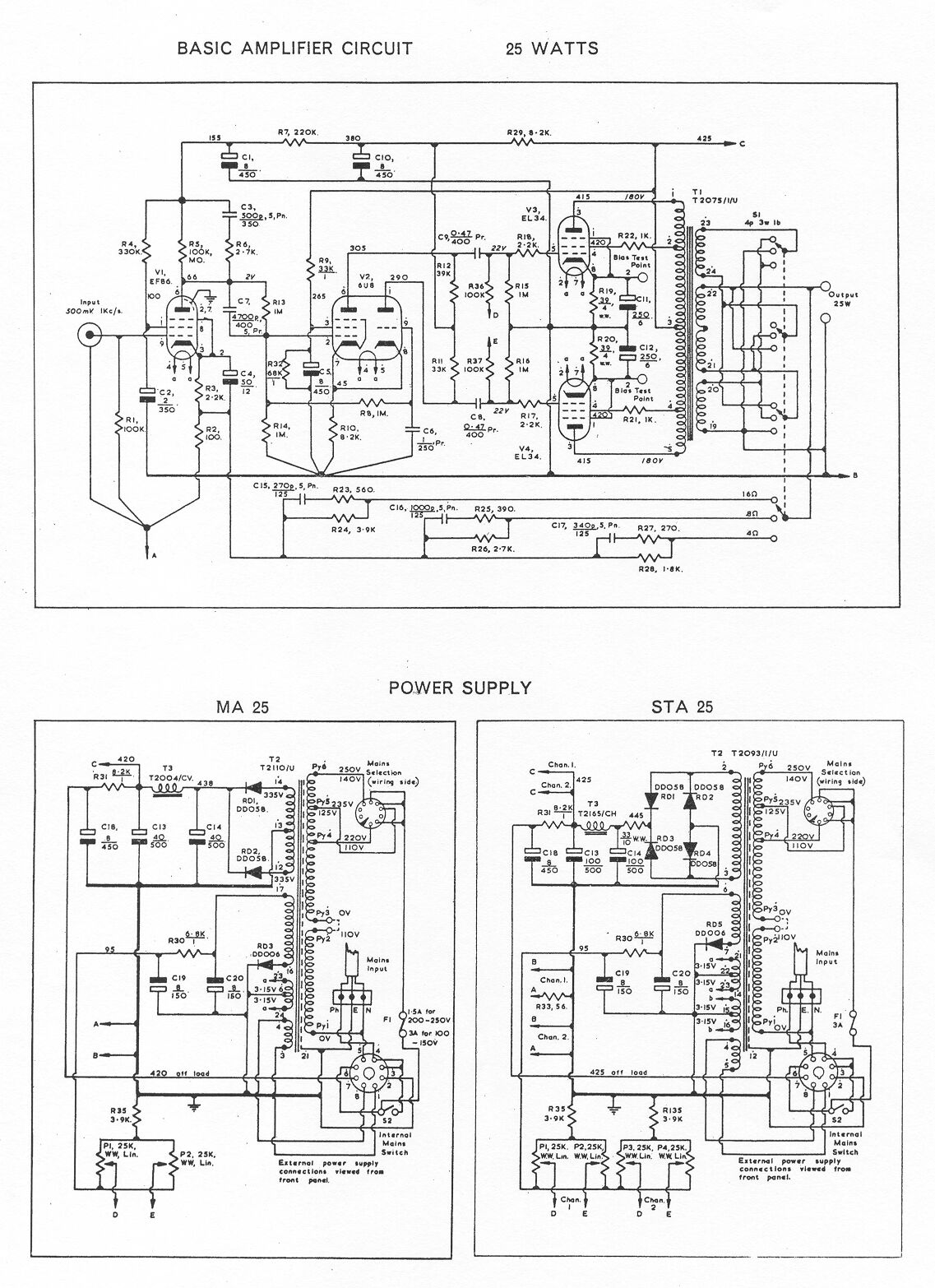mandryka
pfm Member
There's a lot of helpful posts here which I want to respond to. But first let me say thank you for your interest, time, and advice.
First, it did not run for 6 hours continuously. It maybe ran for two periods of 30 minutes and one of an hour max.
Second, given that Emporium are in the loop and are willing to act responsibly, it feels right to give him one chance. I expect him to open it up and diagnose the problem. If he can repair it and he wants to, all well and good. If he can't, or if it's too expensive a repair for him to take on, that's fine too. We can talk about what to do. What isn't good is if he says he's repaired it but hasn't done it well, and so it fails again, as in crimsondonkey's case, and I'll try to stop that happening.
I take on board the thought that this is an old amp and needs a thorough overhaul, and I won't hesitate to get that done. But first, given that I bought it "in good working order" I would like to have it in good working order!
As far as opening up, it's a fabulous idea. What I'll do is ask Emporium to let me see photos.
First, it did not run for 6 hours continuously. It maybe ran for two periods of 30 minutes and one of an hour max.
Second, given that Emporium are in the loop and are willing to act responsibly, it feels right to give him one chance. I expect him to open it up and diagnose the problem. If he can repair it and he wants to, all well and good. If he can't, or if it's too expensive a repair for him to take on, that's fine too. We can talk about what to do. What isn't good is if he says he's repaired it but hasn't done it well, and so it fails again, as in crimsondonkey's case, and I'll try to stop that happening.
I take on board the thought that this is an old amp and needs a thorough overhaul, and I won't hesitate to get that done. But first, given that I bought it "in good working order" I would like to have it in good working order!
As far as opening up, it's a fabulous idea. What I'll do is ask Emporium to let me see photos.


